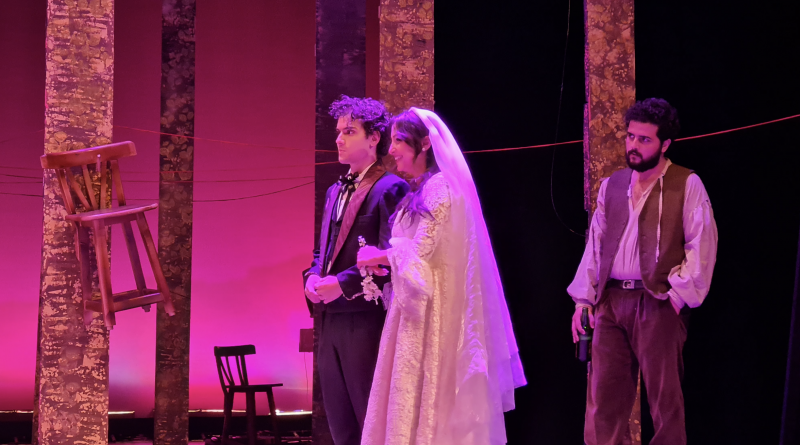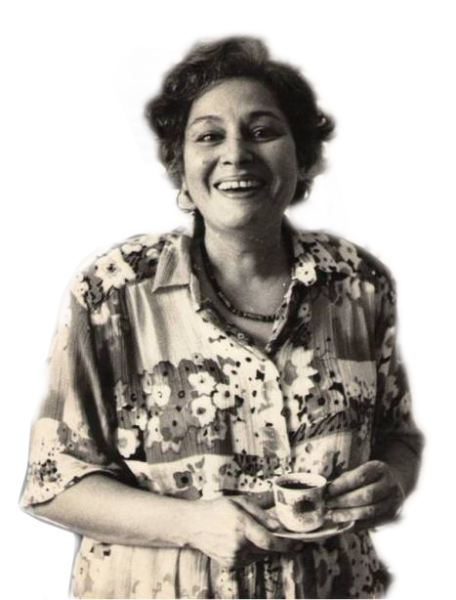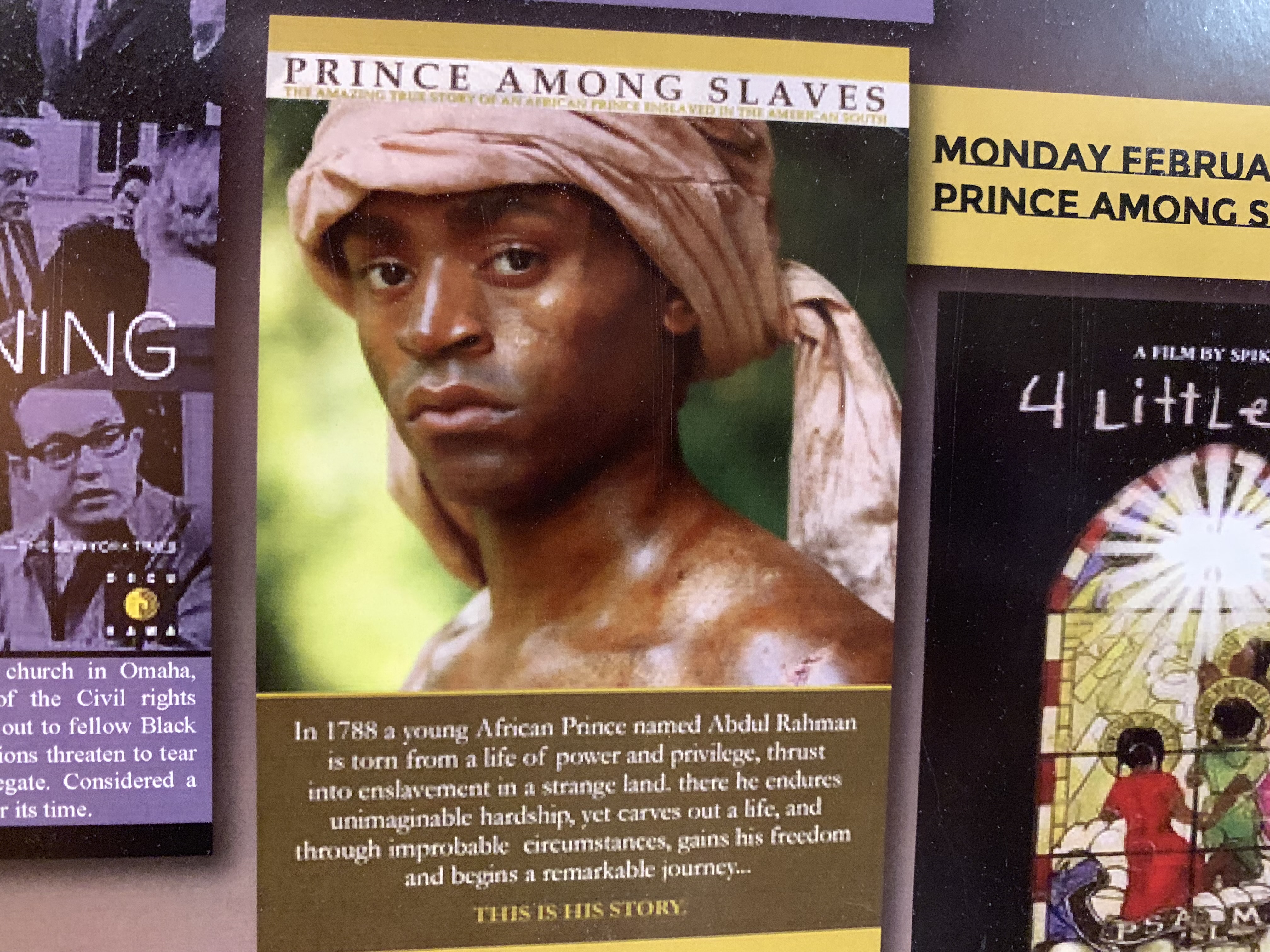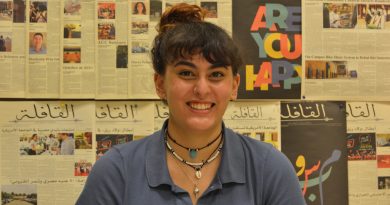Two Worlds Mesh into One at AUC’s Production of “Blood Wedding”
Photo Taken By : Rayaheen Sam Qatena
The AUC explored the everlasting dilemma between morality and desire on the opening night of its adapted production of Federico Garcia Lorca’s “Blood Wedding” on March 2 at the New Cairo campus’ Malak Gabr Arts Theater.
Originally written as a folk tragedy unfolding in three parts, “Blood Wedding” was first performed at the Teatro Beatriz in Madrid in March 1933. This performance was a rendition of his original play, meshing elements from Spanish and Egyptian folk cultures and encompassing the recurring themes of death and fate.
Lorca was a 20th-century Spanish poet, playwright, and theater director and one of the main contributors to reviving Spanish theater. His most significant works include “Yerma,” written in 1934, and “The Shoemaker’s Prodigious Wife,” first performed in 1930.
Assistant Professor of Directing in the Department of the Arts Adam Marple explained that he aimed to reflect the dual nature of the world given the societal structure within this production, as one splits their life, half living in English, and the other living in Arabic. The play represents the integration of Eastern and Western cultures into one.
“It has influence from Spain while not being there, and will look very Egyptian while also not being there too. It looks like it could take place in the ’30s, but also, there are contemporary influences. It is recognizable because this story continues to exist in every society today,” said Marple.
The drama follows the journey of three main characters and their intertwining history. The bride and groom are set to get married, but the bride’s former love interest interjects with their union.
The bride immerses herself in the internal experience of fighting between what she deems proper, which is marrying the groom, or rekindling her romance with the person she loves, Leonardo.
Despite her internal dilemmas, external forces aimed to tie her down to her predetermined path, which is marriage.
The drama unfolds in a manner that illustrates the consequences of one’s actions and how the individual is placed within society as they’re left to their own devices.
Each actor participating in the performance does a thorough job in impersonating the character they are playing convincingly to the audience.
Youssef Ashraf, the actor who portrayed the groom, and Haneen El Demerdash, the actress who portrayed the bride, both explained that what helped them most during the creative process were specific exercises that Marple provided. Such exercises ranged from yoga and meditation practices to more character-study-based exercises.
“The first thing I do to get in character is create a playlist of music that helps me undergo all the emotions that my character does in the play, whether I’m sad, joyful, afraid,” Ashraf told The Caravan.
An essential and complementary part of forming the characters’ is their costume design, as each costume reflects the character’s essence as a means of self-expression.
Nour Afifi, an AUC alumna who graduated with a BA in history and a costume designer, explained that her creative process begins with reading the script and noting everything that inspires her. Some elements could remind her of a song or picture, providing her with a base to begin with.
Costumes within the performance bridge the gap between the real and the imaginary.
“The director wanted to reflect the play’s essence and create a visual mix between the Spanish countryside and the Egyptian countryside without it looking too obvious. We aimed to take inspiration from both sides and create a visual language or world where both areas exist at the same time but without it looking too absurd,” said Afifi.
The crowd filled the theater with applause as the curtains rolled down and the cast bowed to the audience.
Judi Yassin, a Multimedia Communication and Journalism (MMCJ) junior and attendee that night, told The Caravan that she appreciated the cohesiveness of the behind-the-scenes elements which pulled the production together, from the set design to the costumes and especially the musical performances.




